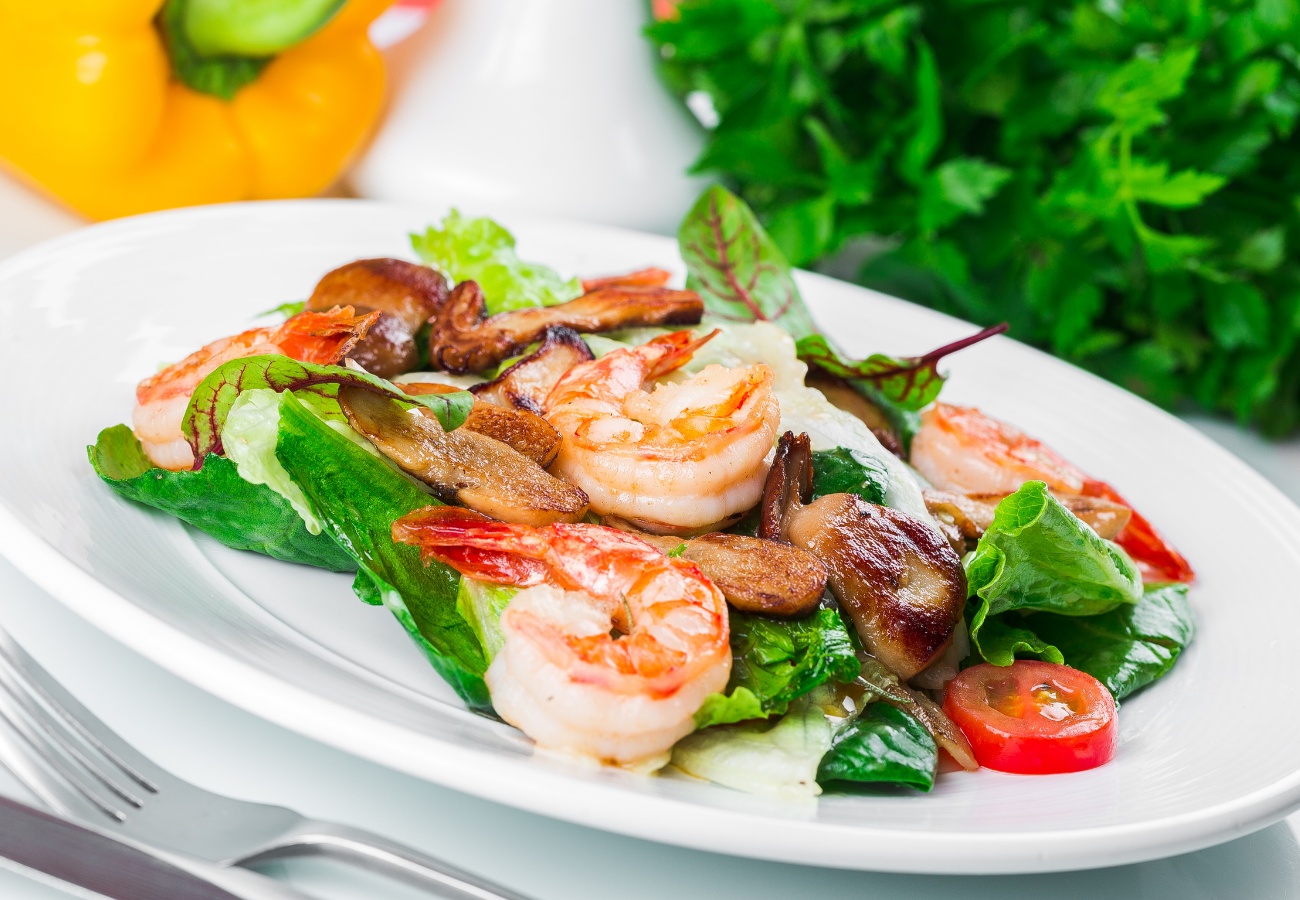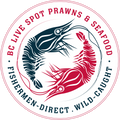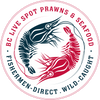Real or fake? This is an age old question that has crept into industry after industry, even into human interactions. It seems that neither industry nor person is safe from the question, “real or fake?”. A hard hit industry is that of seafood. Fake seafood has been a growing and immediate concern. Larry Olmsted addresses this in his book, Real Food/Fake Food, and brings this food industry problem to light. It is less about the seafood not being real seafood and more about what you ordered versus what you were given. So the next time you order an expensive Sea Bass dinner, be aware that Asian Catfish has been a seafood industry swap.
The Seafood Industry
Going back to real or fake, the seafood industry has found ways to substitute what is labeled on their menu and what is served in the dish. Labeling in the seafood industry has been under fire by many governmental and other organizations that strive to keep seafood sustainable and healthy. The problem extends past not getting what the label says, to a dangerous game of inedible or even toxic seafood replacements.
Oceana Canada, a conservation organization based in Toronto, has become a leading voice in the fraudulent seafood industry. A recent study released by Oceana Canada stated that this problem is no longer placed only on the consumer’s shoulders. It extends to the retailers and restaurants as fraud victims as well.
Mislabeling
Oceana Canada collected 382 seafood samples across Vancouver, Victoria, Toronto, Ottawa and Halifax. Among those, 177 retailers and restaurants were used for sampling. The results are shocking. Samples taken from restaurants concluded that 52% were mislabeled. Food retailers were not far behind with 22% of the samples being mislabeled.
Red Snapper, Yellowtail, and Butterfish were the main fish species being advertised on the menu and for sale...none of the seafood samples tested were those species. Samples continued to be mislabeled with 55% Sea Bass; 42% Sole; 41% Tuna; 35% Halibut; 32% Cod; and 18% Salmon.
Uhm...shocked is clearly not the right word to describe the intensity of mislabeling found by Oceana Canada. Which leads to the next question. Where does mislabeling come from?
Global Commodity
Fish are clearly global commodities. Unfortunately this means that where a fish is caught can be thousands of miles away from where it is sold. “Fish may be caught in one country, shipped to another for processing, and then shipped to a third country for distribution before it ever hits your plate,” Josh Laughren of Oceana Canada stated to a CBC interview.
Caught in Canada, gutted in China, breaded in the U.S. and then placed on Canadian shelves all while being labeled as an American product is just one example given by Robert Hanner, an associate professor at the University of Guelph. Long story short, the supply chain produces many opportunities for seafood to be mislabeled as a product is shipped across international borders.
The Long-Term Effect
Consumers, restaurants, retailers, ect. may all be disappointed about fraud in the seafood industry but the effect is not just a human supply chain problem. Conservation, economic, and health problems are all concerns related to the fraudulent and corrupt seafood industry. Local and honest seafood companies are being pushed out by bigger companies and causing unfair competition.
Consumer Risk
Businesses facing unfair competition is not the only risk. Fish that is substituted for the ‘real’ thing come with increasing consumer health risks. Contaminants, such as mercury, are found in high levels in some fish substitutes. A big concern is Escolar, found to be mislabeled as White Tuna or Butterfish, also known as the laxative of the sea. Banned in many countries around the world because of what it does to the human gastrointestinal system.
Environmental Risk
Mislabeling may not only have you sitting on the porcelain throne but it wreaks havoc on the environment. Many mislabeled fish are illegally caught with destructive methods. Sadely, this includes endangered species as well. Sustainability of the oceans are put at risk.
Mislabeled samples, taken from the Oceana Canada study, were threatened, vulnerable, or endangered species (30% of samples). An additional 40% of mislabeled samples were taken from species that have not been researched enough to know their long-term sustainability.

Buying Local
When it comes down to consuming sustainable and correctly labeled seafood, buying local does not always mean it has not been mislabeled. The benefits of buying local food come from the relation between consumer and producer. You can ask and discuss with local seafood businesses about what they are selling. Ask what the species is, where it comes from, and how it was caught. If the person selling you the fish cannot answer these questions, it is probably a good idea to pass on those.
A Promise, A Guarantee
It can seem overwhelming to begin your seafood journey after hearing the amount of mislabeling in the seafood industry. This should be a learning opportunity to make purchasing and trying fish more enjoyable. Knowing what you are buying and cooking is the beginning of learning to love your food.
Approachability and open communication should be the first and foremost to understanding where your food comes from. Our about page is an excellent place to begin. From our families to yours, our promise and guarantee on our products goes beyond the surface. We encourage you to explore and learn. Whether you are looking for a velvety textured Sablefish with it’s sweet and buttery taste or exploring the sensual experience of Octopus, we are here for you.



Leave a comment